Replacing aging infrastructure can pose new and unusual challenges for cities across Canada. The final phase of a three-kilometre project nearing completion in Vancouver is a good example.
"It’s been the most complicated watermain replacement in well over a decade," says Donny Wong, manager of the Water Design Branch for the City of Vancouver.
"Not only do we have all sorts of surface impacts in downtown to deal with but we also have all sorts of underground utilities," he says, adding that soil conditions also posed challenges because downtown is "essentially built on a rock."
Wong is referring to the third phase of a three-kilometre watermain replacement project along Pender St. that runs through three business areas into downtown Vancouver.
The first two phases were through residential and light industrial areas east of downtown. They posed few of the complications besetting crews on the last leg running through Chinatown, Hastings Crossing and into the downtown central business district, terminating at an existing main this month.
The east-west running watermain provides water service and redundancy downtown in case one of the city’s main water lines under the First or Second Narrows bridges over Burrard Inlet fail, says Wong.
"That is a possibility, particularly in an earthquake scenario."
The new 24-inch ductile iron pipe replaces a 70-year-old riveted steel line "with quite a bit of leak history." That line is at the end of its lifespan, he says.
More resistant to seismic forces, the new pipe is "fully restrained," meaning the joints resist forces to pull apart, he says.
"It has proven to have great survivability rates in Japan, where it has been subject to earthquakes."
The pipeline project is an open trench operation – in most places about three to four-feet below grade. At intersections excavation has often had to be either deeper or shallower to avoid other utility lines.
"It was more difficult downtown because of challenging ground (sandstone). It became really hard digging so we realigned the line in some areas to follow the old main’s alignment," says Wong.
One of the biggest hurdles for city crews has been how to minimize disruption to businesses, vehicle and pedestrian traffic.
Wong says it is the first time the city provided a dedicated community liaison to smooth the path. Along with calling pre-construction information sessions for the public and businesses, the city has kept in constant communication (sometimes on an hourly basis) with businesses impacted by the construction.
The city’s goal has to minimize impact to three months of work in each area it digs.
Meanwhile, traffic lanes have been reduced, but routes diverted and pedestrian access to retail and other businesses maintained — except during construction in front of a business, says Wong.
Work has been done 7 a.m.-3 p.m. except at intersections where work is generally scheduled over extended hours on weekends.
Wong says the detailed mitigation plan is part of a program set up by the city three years ago. Through that project management office, the city deals not only with construction mitigation but also of major events and celebrations planned on city streets.
"Before that, construction was happening by many different parties all competing for the same street so we found ways of sequencing it to make it easier for the public."
The City of Vancouver, which has its own design-build department, is doing the construction.
"It gives us a lot more flexibility to accommodate street-level businesses and traffic," adds Wong.
Vancouver contracts out only about 15 per cent of its work as a "benchmarking" process "to ensure we are providing good value to the taxpayer."
The three-kilometre watermain project is on time and on budget, Wong says.
Fully restrained watermains will replace many older lines over the next few decades in Vancouver.
"What we are aiming for is every resident to be within eight minutes of this hardened network of mains – a more reliable source of water in a post (earthquake) event," explains Wong.
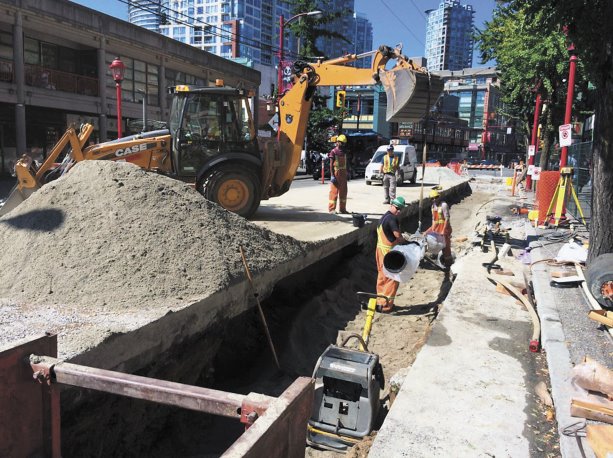



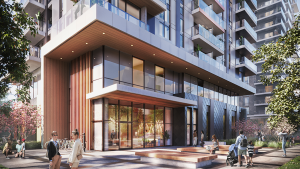
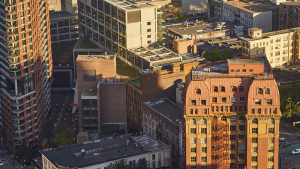

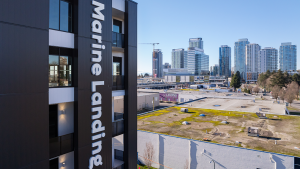
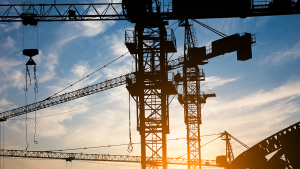
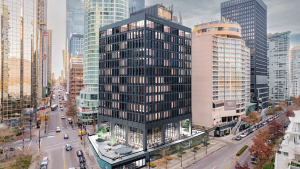
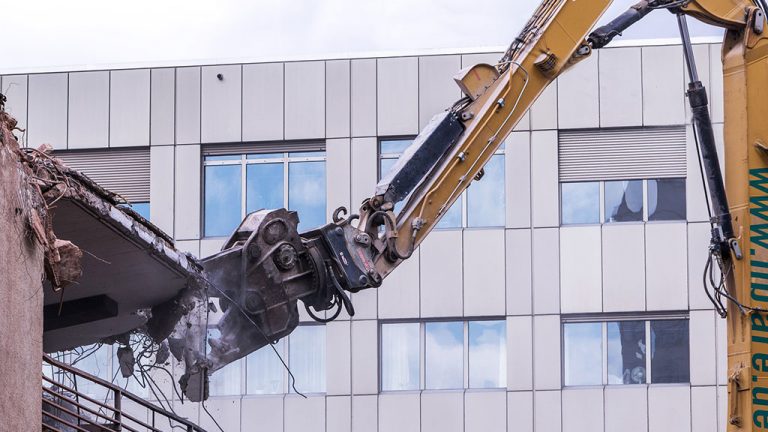

Recent Comments
comments for this post are closed